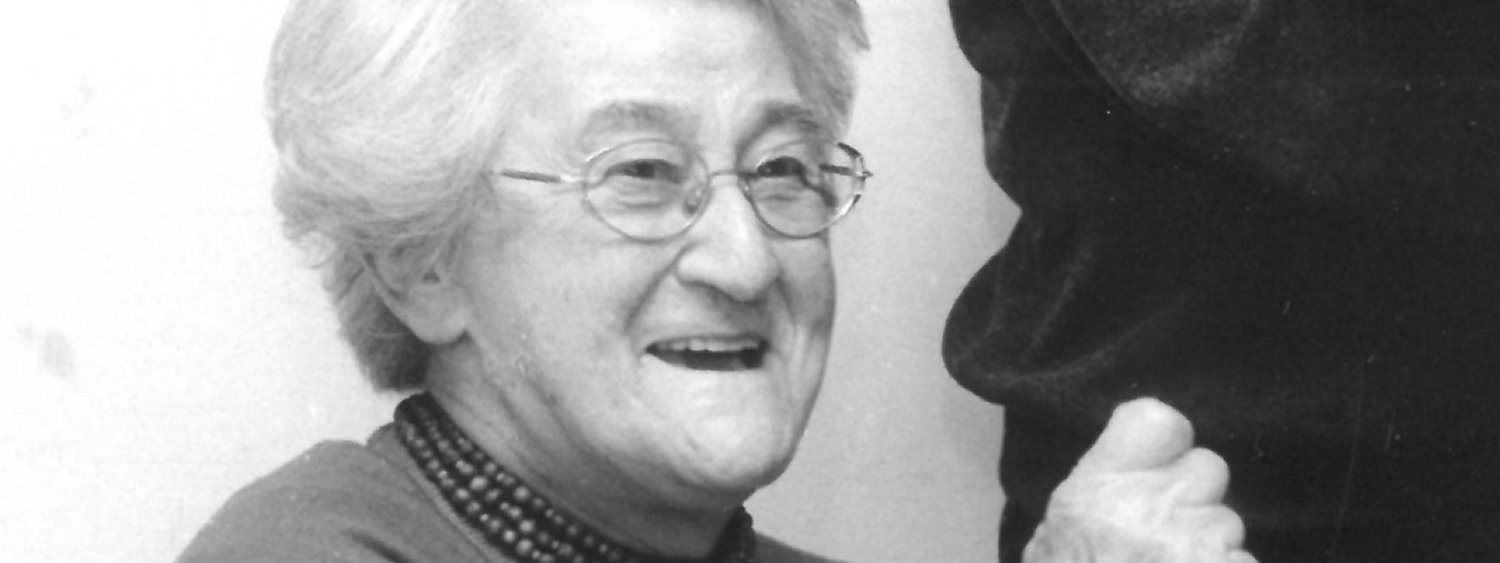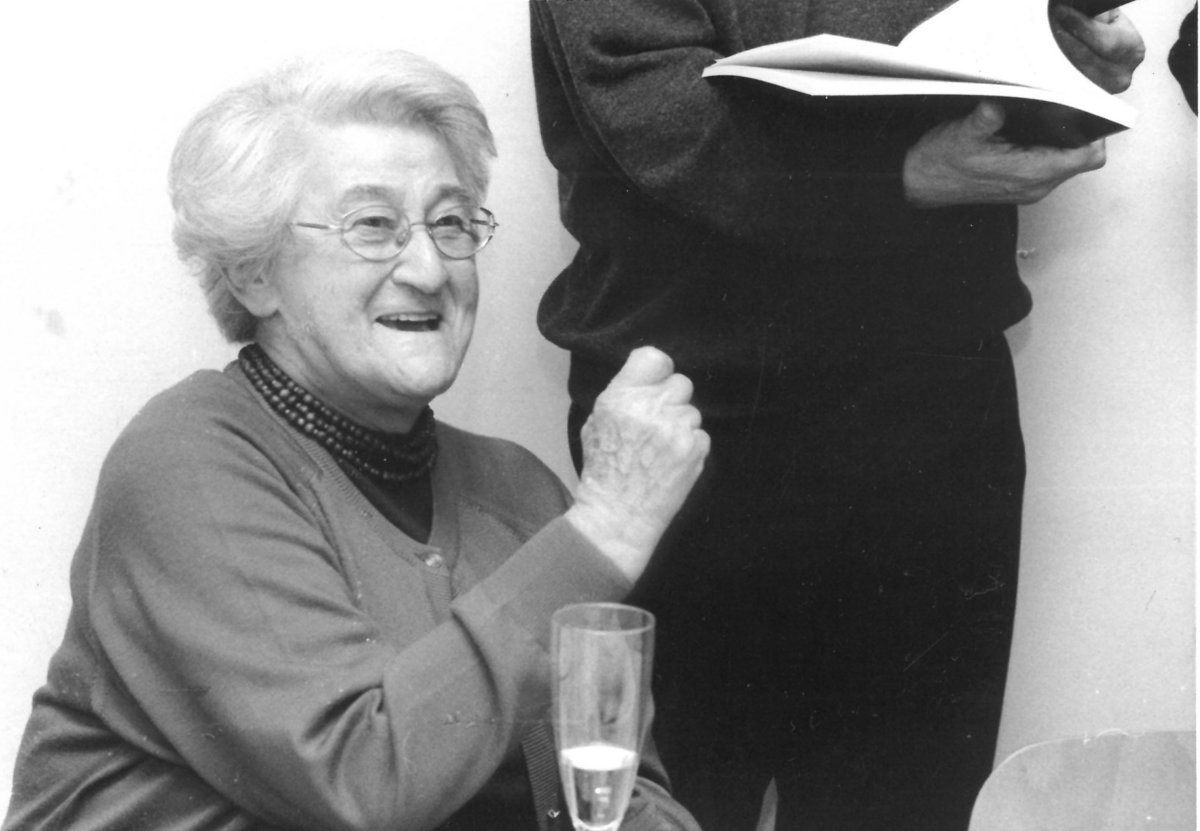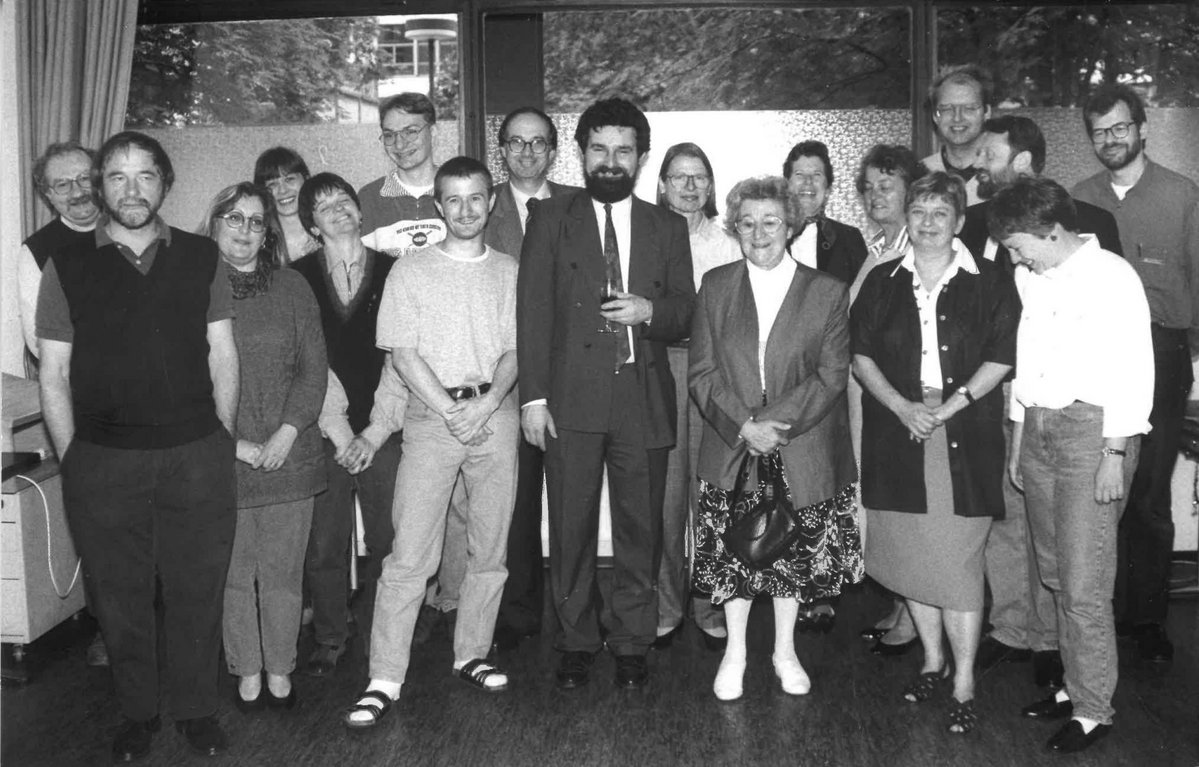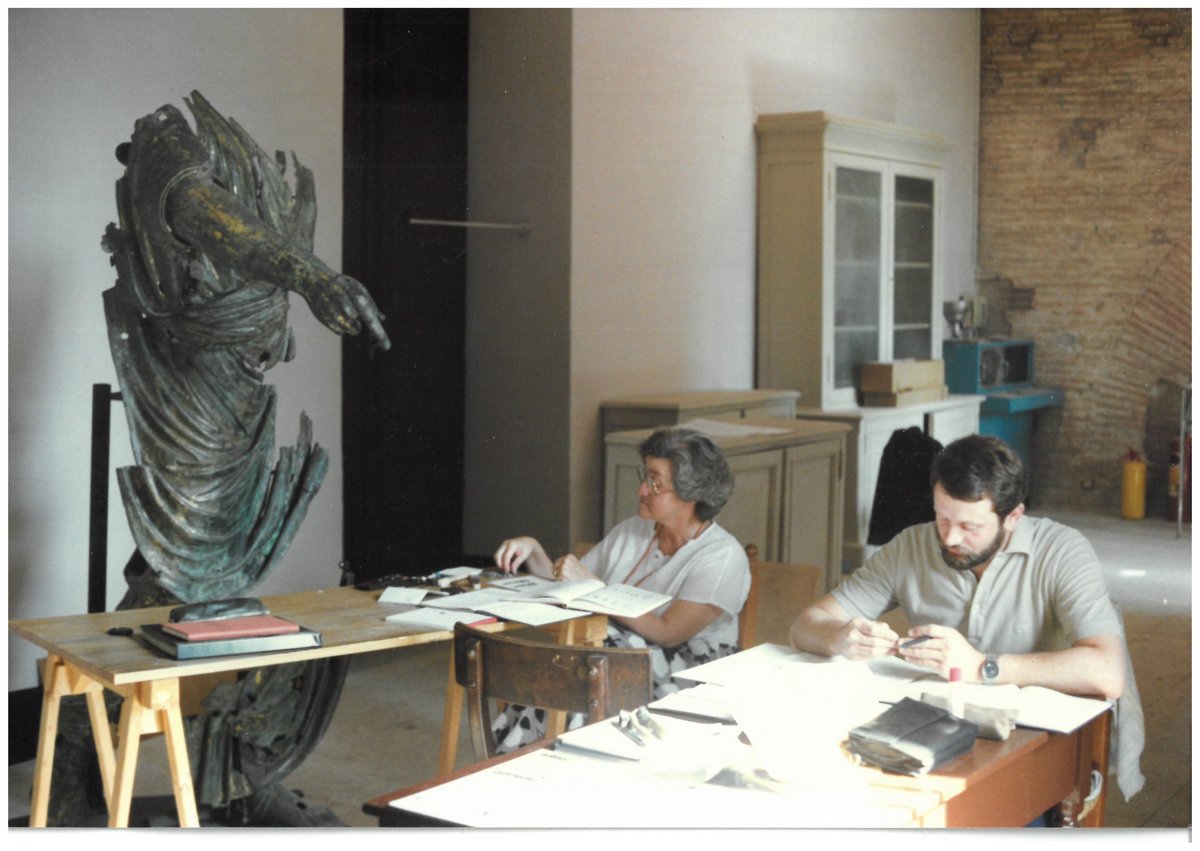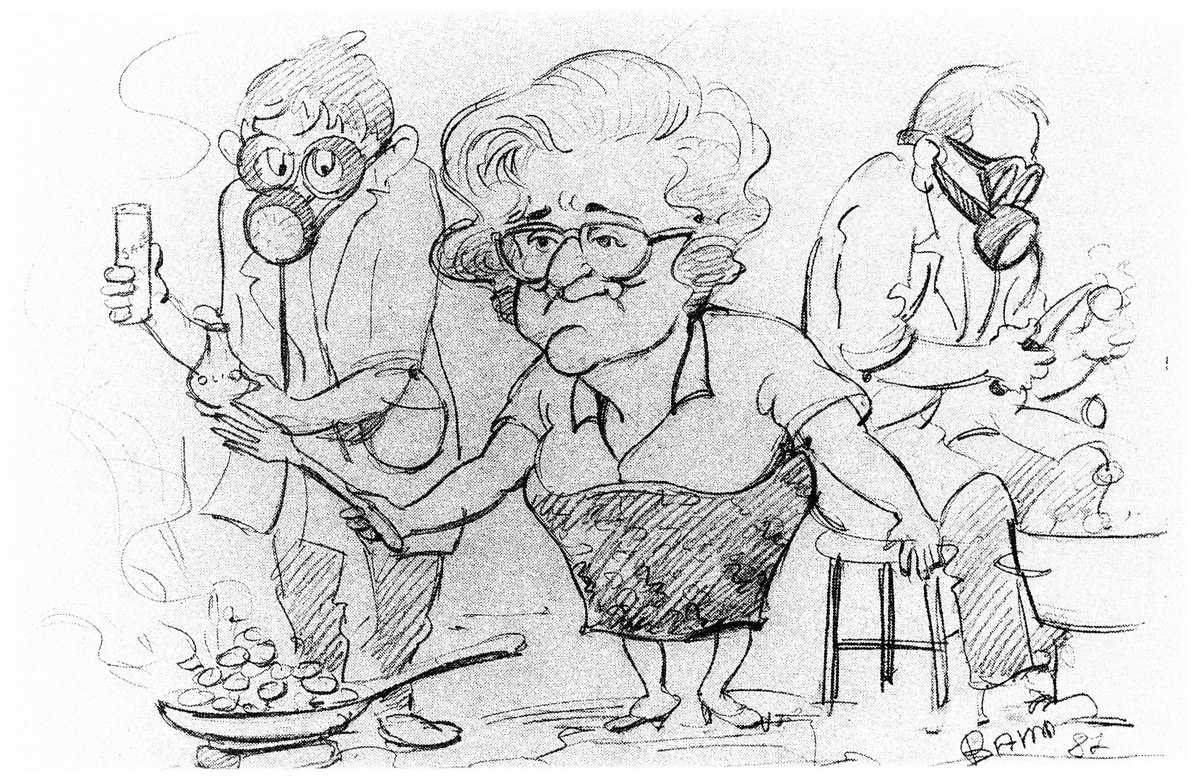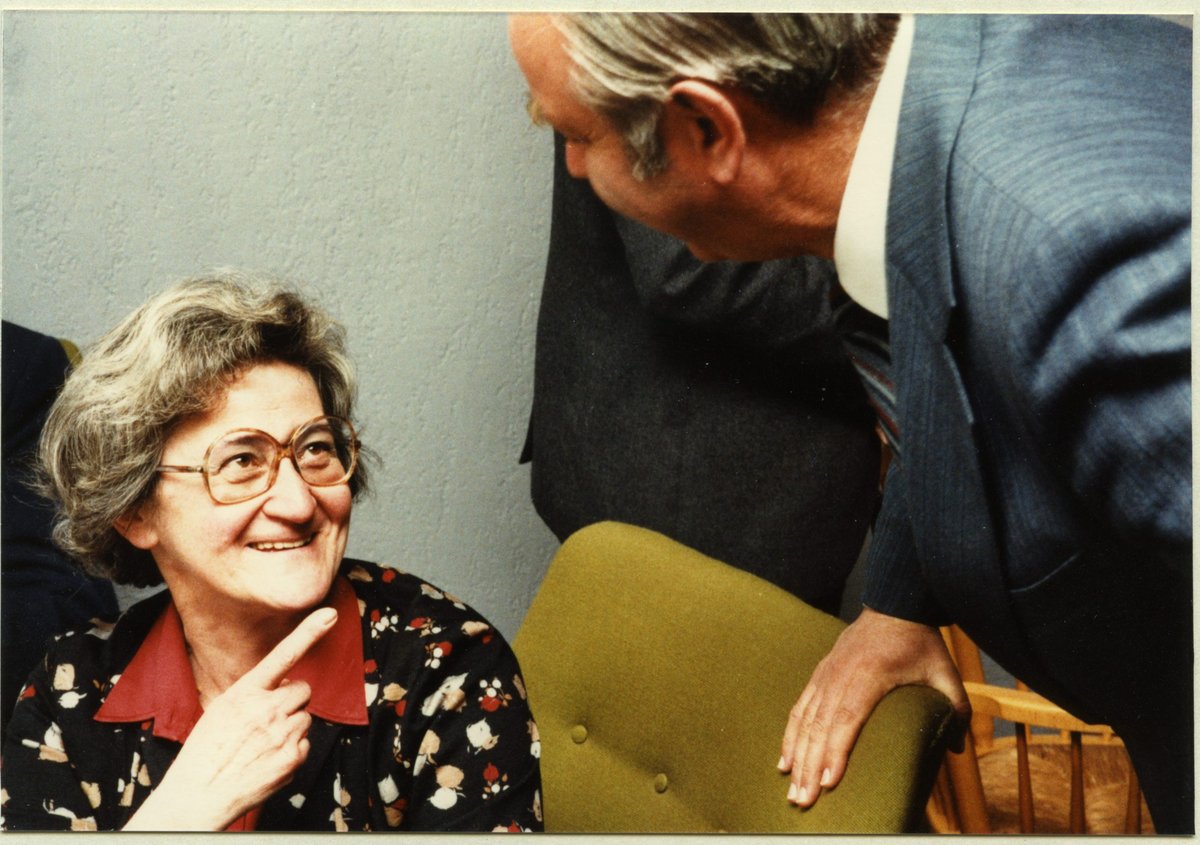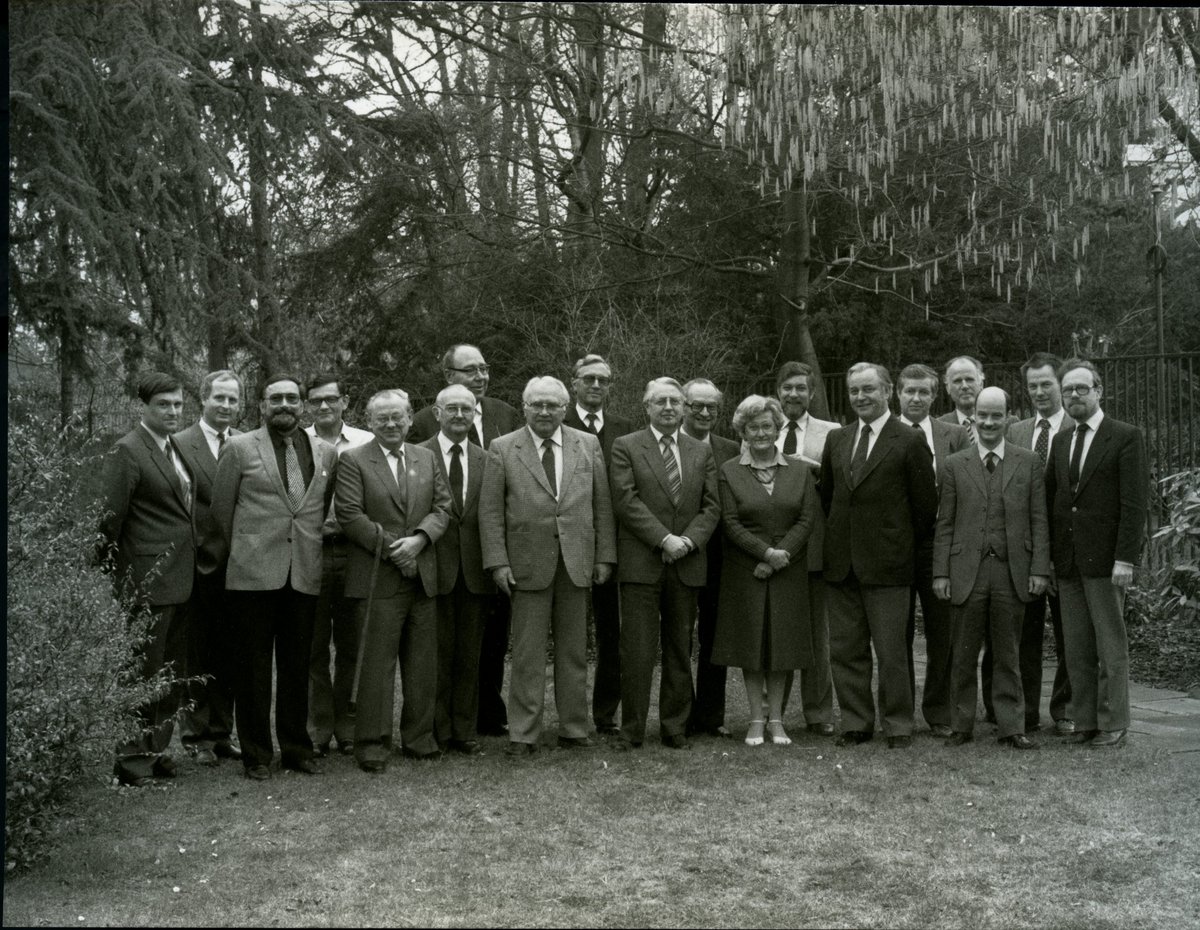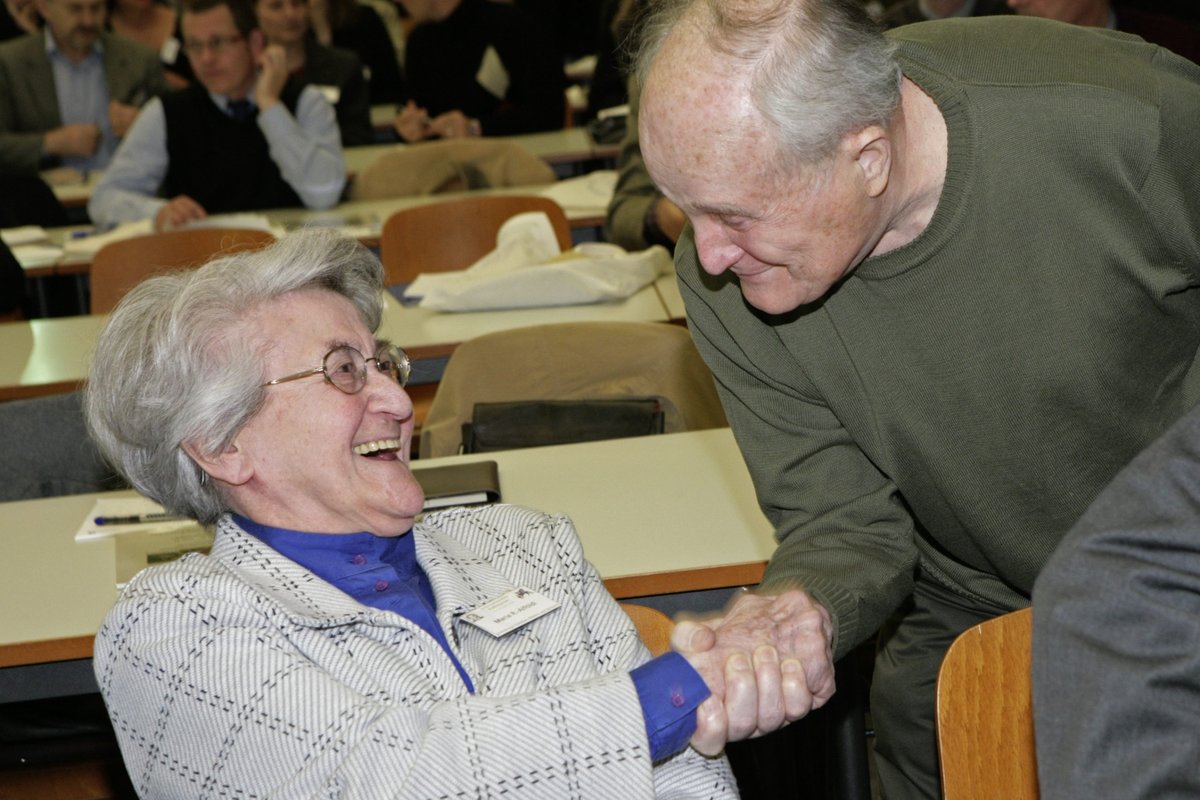Maria Radnóti-Alföldi: June 6, 1926, Budapest – May 7, 2022, Frankfurt am Main
Two events in November 2022 gave us cause to remember Maria Radnóti-Alföldi:
From November 18 to December 16, 2022, the Roman-Germanic Commission will present the exhibition “Ein gut Theil Eigenheit” (A Good Deal of Individuality) – The Lives of Early Female Archaeologists, which was created by the BMBF project AktArcha – Women in Archaeology, which cooperates with the RGK. We took this opportunity to remember a woman who was the first and, for a long time, the only female member of the Commission and who was closely associated with the RGK. Coinciding with the start of the exhibition, the DAI Research Cluster 5 organized an international online conference on November 17–18 on the topic of “Archaeological Research on Both Sides of the Iron Curtain – Practices and Methods.” Maria Radnóti-Alföldi's life took her to both sides of the Iron Curtain, making her biography exemplary for “Research on Both Sides of the Iron Curtain” and linking the exhibition theme with the conference theme.
Maria Radnóti-Alföldi bei David Wigg-Wolfs 60. Geburtstag © Privatbesitz D. Wigg-Wolf// unbekannt
Maria Alföldi (Fig. 1) was born in Budapest in 1926 into a middle-class family in the nominal Kingdom of Hungary. She experienced the Second World War as a child in Budapest.
After graduating from high school in 1944, she studied ancient history, classical philology, and archaeology at what is now Eötvös Loránd University in Budapest until 1949. She developed a keen interest in numismatics at an early age, which is reflected in the essays she published in relevant journals while still a student. Influenced by her doctoral supervisor Andreas Alföldi (1895 Budapest – 1981 Princeton), to whom she was not related despite the similarity in their names, she was always keen to combine the disciplines of numismatics, ancient history, and archaeology.
During her studies, she also met Andreas Alföldi's assistant at the time, Aladár Radnóti (1913 Budapest – 1972 Frankfurt am Main), whom she married in 1949.
After completing their studies, both worked at the Hungarian National Museum, where they witnessed the fire. Ten years after their teacher Andreas Alföldi left Hungary in 1947 and went into exile, Aladár and Maria also fled via Vienna to Bavaria, but had to leave their three children behind with their grandparents for the time being, which was always a great misfortune for them. The children were not able to leave until 1962. The trigger for their flight was the suppression of the Hungarian uprising that broke out after the death of Josef Stalin (1878–1953). Maria Radnóti-Alföldi took advantage of an already approved study visit to Vienna, while Aladár managed to flee on foot.
Maria Radnóti-Alföldi was an outstanding scholar who was always open to new ideas. Her broad understanding of science is reflected not only in her habilitation thesis on “Constantine's gold coinage,” but above all in her publications on “The Image and Visual Language of the Roman Emperors” and her “Introduction to Ancient Numismatics” (Fig. 2). For her, a coin was so much more than a store of value and a means of payment, but also far more than a means of dating. Coins, as she also taught, are, alongside inscriptions, central historical sources of images and writing.
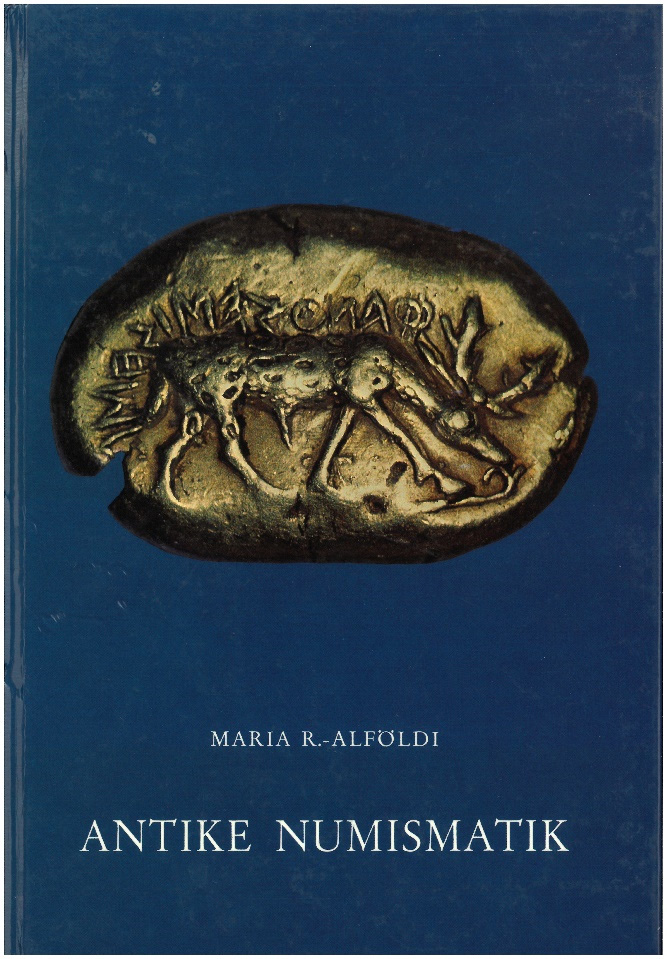
Ihre Einführung in die Antike Numismatik gehört zu den Standardwerken der numismatischen Literatur © RGK// Attribution: Scan
From 1957 to 1962, she worked as a research assistant at Ludwig Maximilian University in Munich in the newly founded research company “Fundmünzen der römischen Zeit in Deutschland” (FMRD), which she headed from Frankfurt starting in 1973.
In 1962, the family moved to Frankfurt, where Aladár Radnóti had been appointed associate professor of ancient numismatics, Latin epigraphy, and provincial Roman archaeology at Johann Wolfgang Goethe University. When he died suddenly in 1972, Maria Radnóti-Alföldi was appointed his successor the following year (Figs. 3-5).
Maria Radnóti-Alföldi im Kreis ihrer Studierenden an der Johann Wolfgang von Goethe Universität Frankfurt a. Main bei der Verleihung des Humboldtstipendiums an Aleksander Bursche © Privatbesitz D. Wigg-Wolf// unbekannt
Maria Radnóti-Alföldi und Hans-Christoph Noeske bei der Bearbeitung der Fundmünzen vom Sottosuolo Urbano, Rom im Münzkabinett des Museo delle Terme © Privatbesitz D. Wigg-Wolf// unbekannt
Die Bearbeitung der Münzen in Rom wurde von A. Bartoli in einer Karikatur festgehalten die Maria Radnóti-Alföldi zusammen mit ihren Schülern Hans-Christoph Noeske (li.) und David Wigg-Wolf (re.) 'beim Münzenputzen' zeigt. Die Karikatur hing bis zu ihrem Tod in Maria Radnóti-Alföldis Wohnzimmer © A. Bartoli// A. Bartoli
With her multilingual skills, she cultivated intensive scientific exchange across political boundaries as an ambassador of numismatics between Europe and America. This involved collegial, open discourse combined with tough political negotiations on resources and project financing in various expert committees. She was the first woman to serve on many committees, advisory boards, and governing bodies, including the Roman-Germanic Commission, of which she was a member from 1971 to 1990 (Figs. 6-7). After the fall of the Iron Curtain and the reunification of Germany, she took over the provisional management of the Greek Mint, a former project of the Academy of Sciences of the GDR. However, she was no longer able to secure long-term corporate projects – including FMRD – financially.
1971 wurde Maria Radnóti-Alföldi Mitglied der Römisch-Germanischen Kommission. Bis 1990 blieb sie die erste und einzige Frau in diesem Gremium. Maria Radnóti-Alföldi bei der Kommissionssitzung 1981 © Archiv, RGK// J. Bahlo
Gruppenbild der Kommissionsmitglieder 1983, Maria Radnóti-Alföldi steht vorne in der Mitte © Archiv RGK// J. Bahlo
The appreciation of her scientific achievements is reflected in a long list of honors from national and international numismatic societies and in her appointment as a member of the Academy of Literature and Sciences in Mainz. In 1992, she was awarded the Cross of Merit on Ribbon of the Order of Merit of the Federal Republic of Germany for her social commitment and dedication to science.
Maria Radnóti-Alföldi remained connected to the institution until the end, participating in RGK events and maintaining a close personal relationship with the institution's staff (Fig. 8).
Maria Radnóti-Alföldi während des Kolloquiums des Corpus Römischer Funde im europäischen Barbaricum (CRFB), veranstaltet von der RGK, vom 19. Bis 22. März 2009, hier im Bild mit Rudolf Laser © RGK// J. Bahlo
